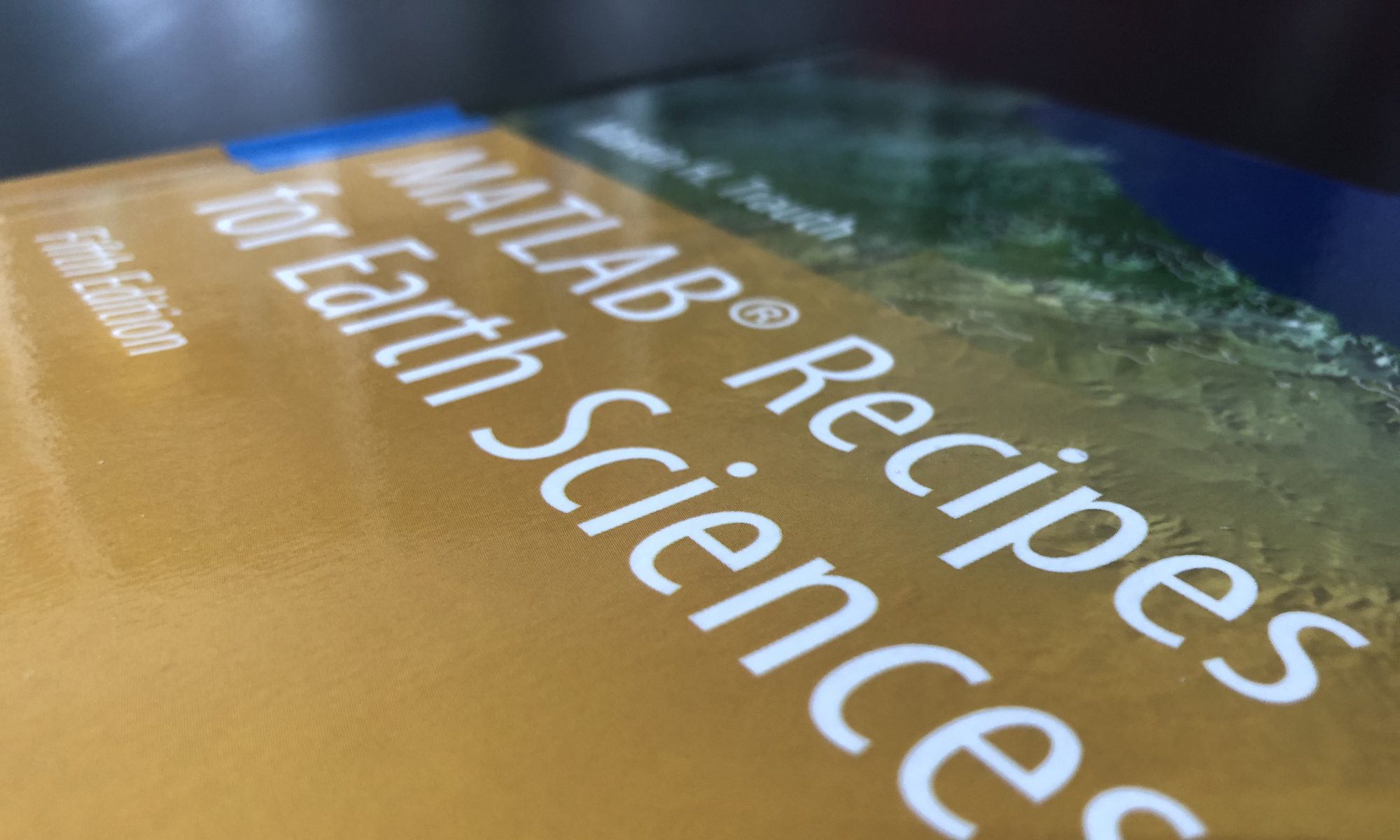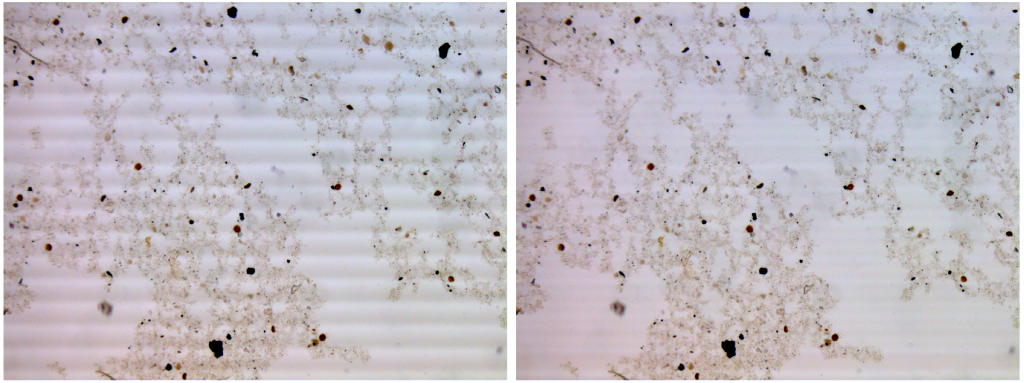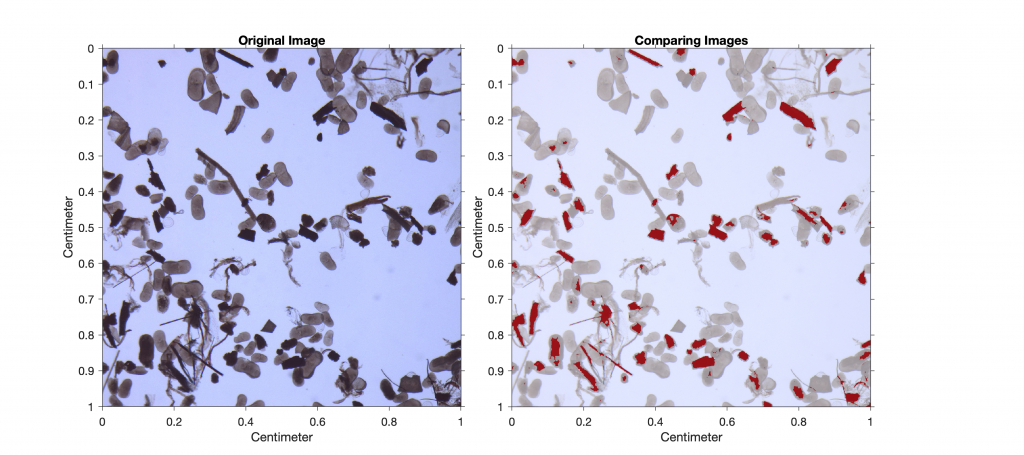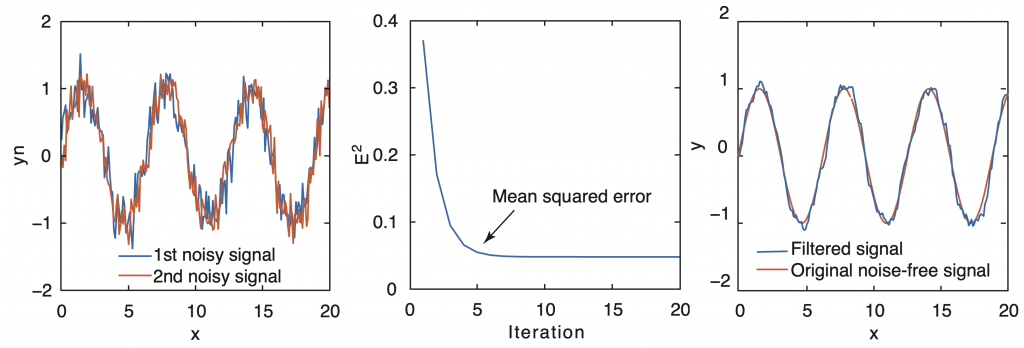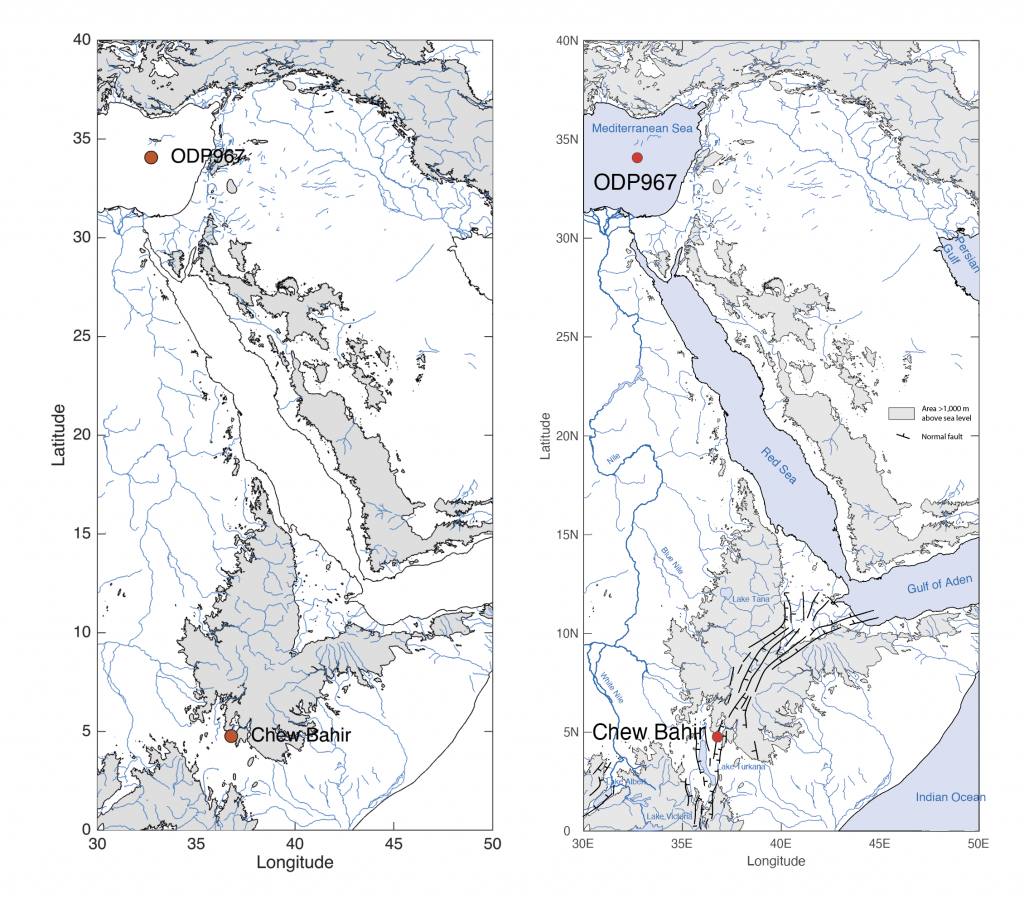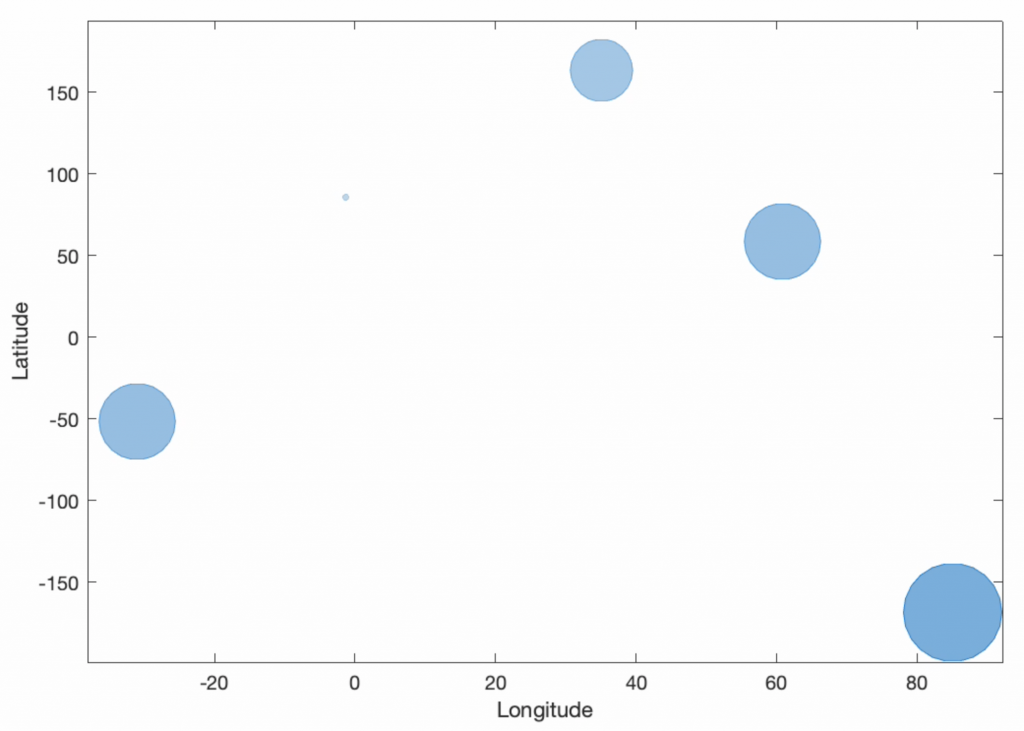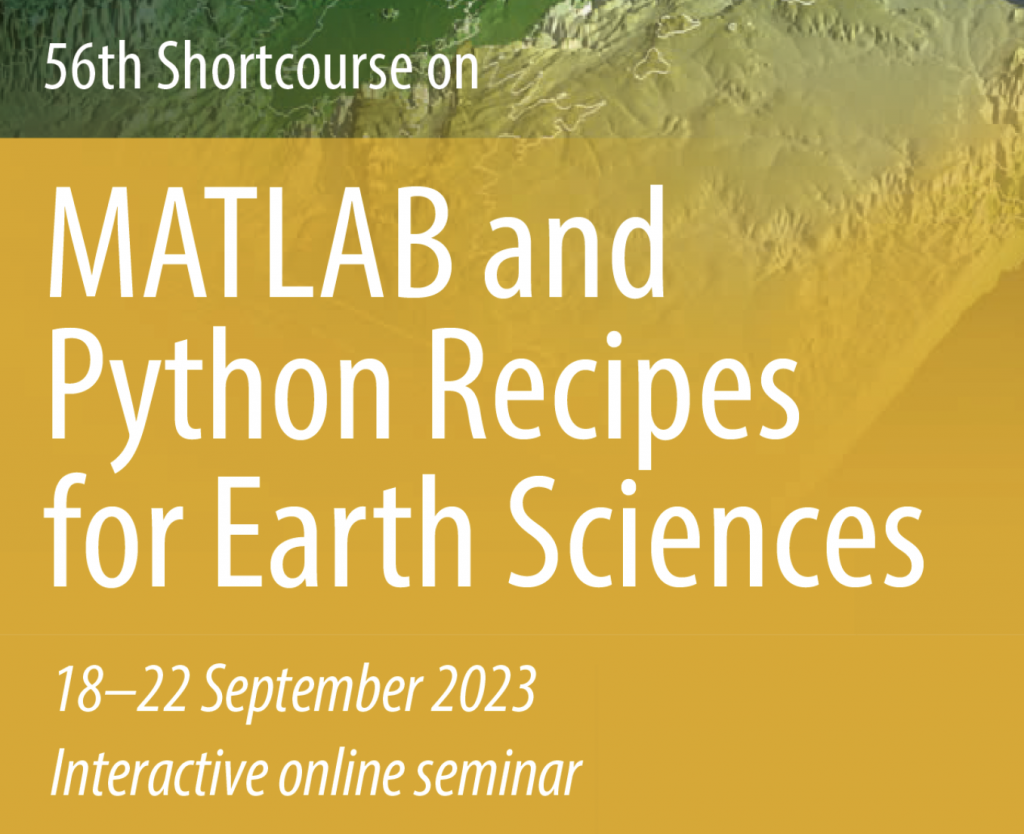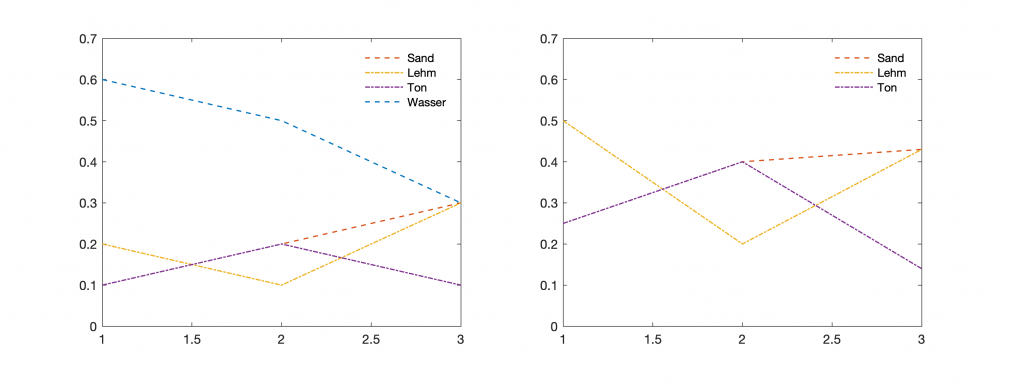It can happen that an electromagnetic field disturbs the images of cameras on microscopes with a periodic noise. While the specialists are looking for the source of the interference, I quickly wrote a MATLAB script to filter the noisy image.
Continue reading “Removing Periodic Noise from Images with MATLAB”
